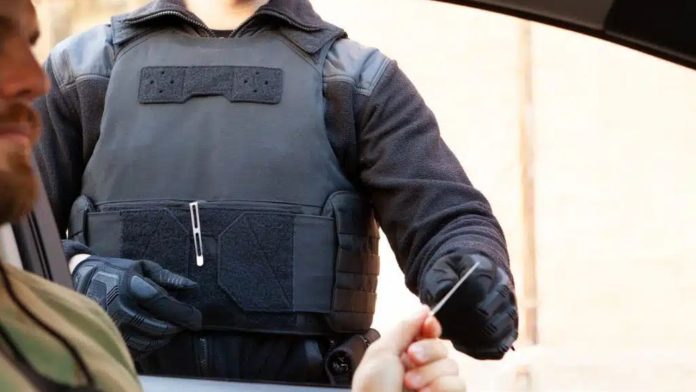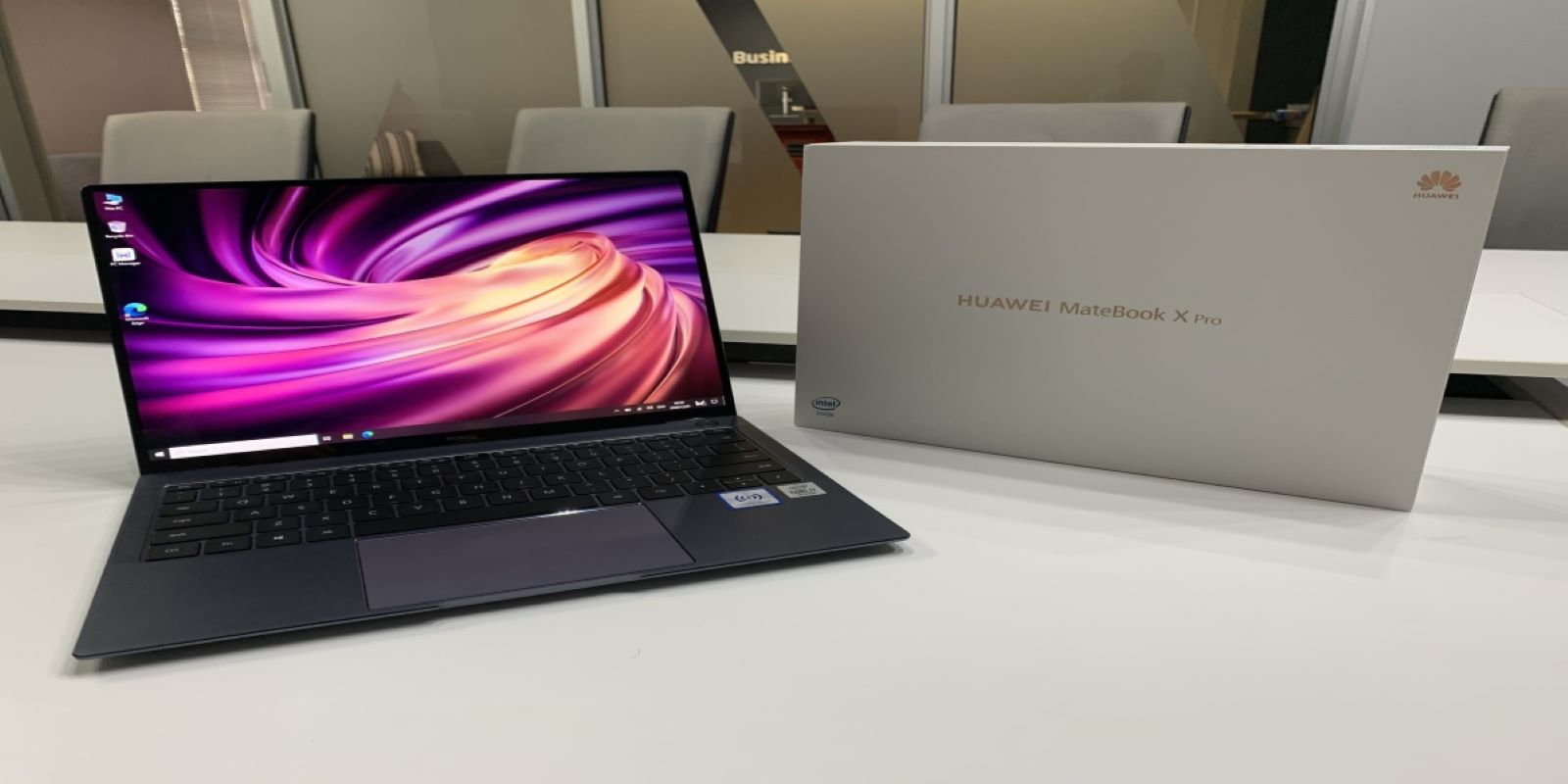Dealing with personal protection, we should learn the difference between bulletproof and stab-proof vests to select appropriate tools. Despite the similar aim of protection of people against possible harm, the very form of threats these two are meant to deal with makes them operationally different. Due to their suitability to various environmental and risk conditions, these two types of vests have their differences, understanding which, any person is capable of choosing with regard to their own safety concerns.
Designed to Meet Other Threats
As the name implies, a bulletproof vest is used to counter bullets and other types of ballistic attacks. Military men, law enforcement officers, and other security agencies who run the risk of being gunned down are common users of this product. The essence of a bulletproof vest is to absorb and distribute the energy of the bullets to avert their effects on the body of the wearer. Raw material that constitutes such vests is, in most cases, very hard materials such as polyethylene.
Stab-proof vests are, on the contrary, capable of withstanding the use of pointed-edged objects like knives or pieces of broken glass. This would put them in a favorable position, considering that they will be among the correctional officers, security guards, or officers having to work in an area where knife violence appears to be more rampant than when using a gun. The unique layering fabric in these vests avoids penetration of the sharp objects, such as knives, by spreading the pressure onto a larger area.
Protection and Material Construction Level
Although they might resemble each other externally, the inner structure highly varies depending on the purpose of either of the vests. A bulletproof vest is made of synthetic bulky fibers that are tightly put together and can slow the bullet and trap it by making it fail to penetrate the body. There are also some of these models that have added plates made of hard metal to offer more protection against larger caliber rounds.
Stab-proof vests, however, incorporate a mixture of weaving strands and, in some cases, metal or composite panels in order to nullify thrusts of pointed or edged weapons. The use of these vests is tested to determine how they would protect during real-life conditions involving a knife attack, and so can be relied on under real-life conditions.
Situational Suitability
It is important to consider the environment in which each vest will be applied. Bulletproof vests would be ideal where there is a known or probable gun threat. On the contrary, machine props vests are more likely to be used by positions that require direct relationship with people, where the attack or cutting with a knife is a possibility. There are some modern vests that are dual-protection, both bullet-resistant and stab-proof, and thus are a more versatile solution than others to unpredictable situations.
Weight and Comfort Factors
Both of these vests are made to be comfortable and mobile. Nonetheless, stab-proof vests tend to be much lighter and flexible as the materials are different. Bulletproof vests, especially ones that are hard armor, have a tendency to be heavy. The users should also take into consideration the security level and convenience of movement after long-term use of it.
Conclusion
However, it is possible to note that bulletproof and stab-proof vests play one common role: the protection of life. Every vest provides solid protection against definite threats, and it can help the person to be less afraid of executing his/her duties within a particular area. It is relevant to understand the peculiarities of these vests so that wearers can choose a suitable vest to use in a particular environment, and safety would be a major concern under any circumstances.











